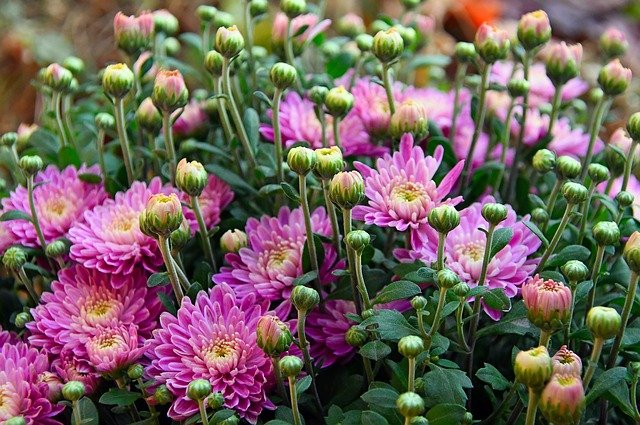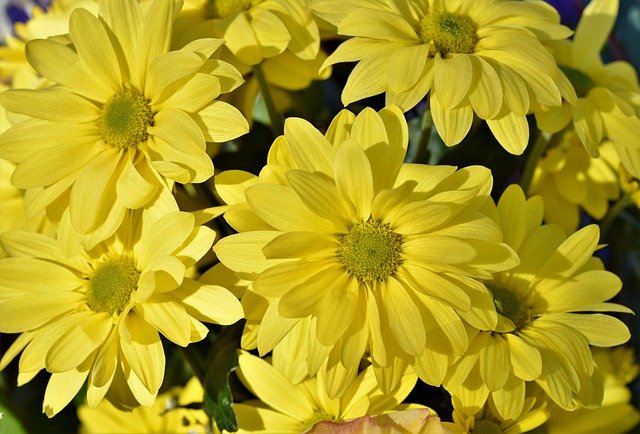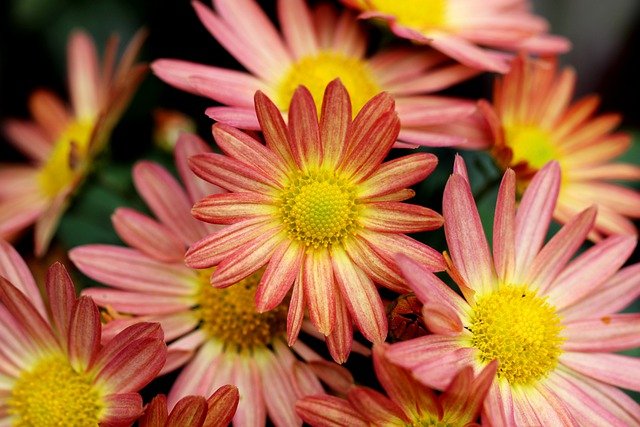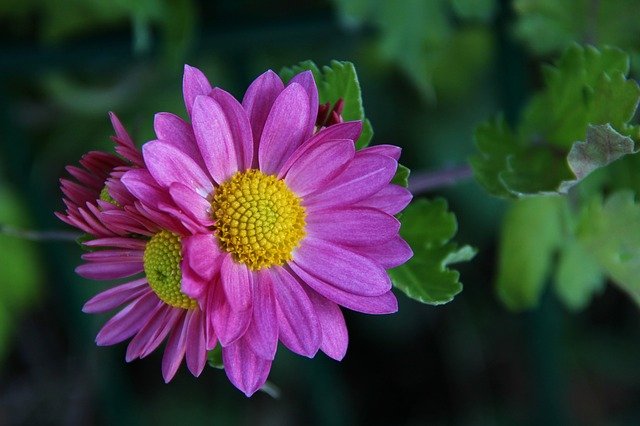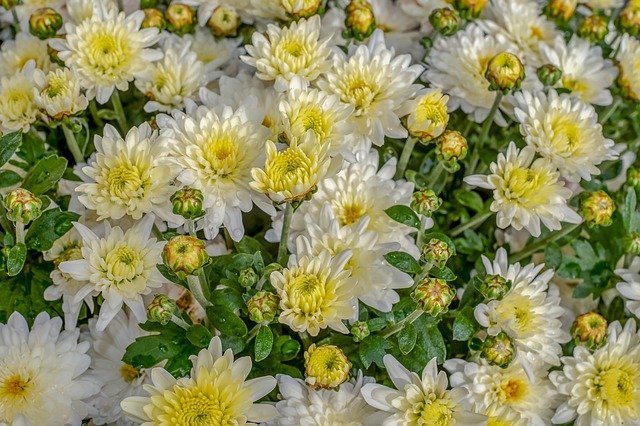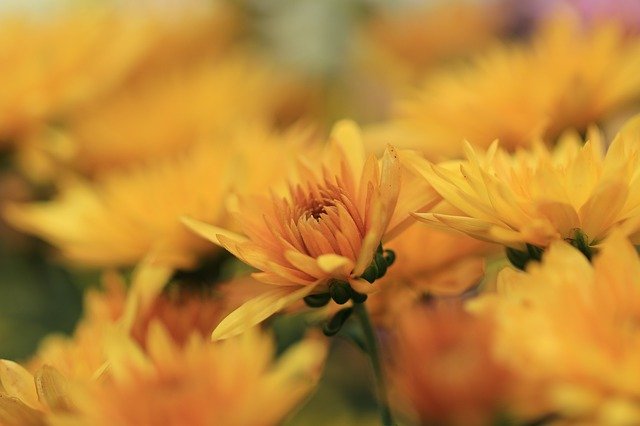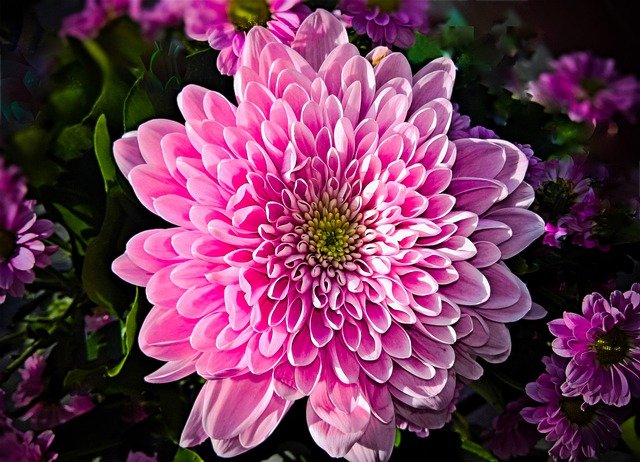While every other perennial plant is winding down at the end of the summer gardening season, the golden heads of Helianthus are approaching peak show. You will notice that I included the genus but not the species. That is because I cannot tell one species from another. What I can tell you is that I spotted this lovely fall-flowering yellow daisy last autumn in a ditch in front of a house with prominently displayed No Trespassing signs. I jumped from the car, snipped one stem of spent flowers, and zoomed down the street before the owners could lock and load.
I stripped the seeds from those dried flowers and started growing them in my laundry room. (This was before the greenhouse arrived.) I had a couple of small plants to set out in spring. They have repaid my care by throwing a dozen lovely yellow flowers per plant. These are hardy perennials for zones 6-9, so I expect the show to improve next year and every year thereafter.
Helianthus, commonly called Swamp Sunflower or Narrow-Leaf Sunflower, is a native that attracts songbirds and butterflies. It has rough, narrow leaves and thin stems that can be damaged by winds or weighted down by its numerous flowers. It is a food source for several butterfly larvae species. Plants are moderately deer resistant.
Perennial species of Helianthus, pronounced hee-lee-AN-thus, share common cultural needs. They flower best in full sun but will tolerate partial sun. They want acidic soil. Plants will get quite tall – to ten feet in fertile soil and sufficient moisture. That is too tall to fit into most garden borders. This too-tall problem can be remedied by pinching plants back several times in spring and early summer to encourage branching and reduce their height. Don’t pinch after mid-summer to avoid removing flower buds.
Allow spent flowers to remain on stems to reseed naturally and your fall garden will soon feature these happy yellow flowers, perfect for inclusion in seasonal flower arrangements.
These are two of the seedlings I started from seed. I will not deadhead them. Instead, I will allow the fallen seeds to start new plants, resulting in a fuller planting in coming years. The bumblebees LOVE these flowers.



